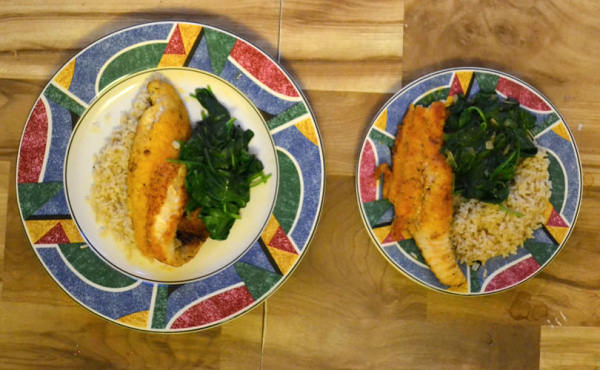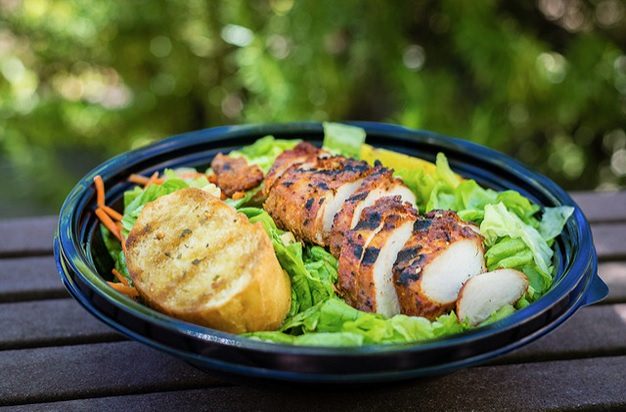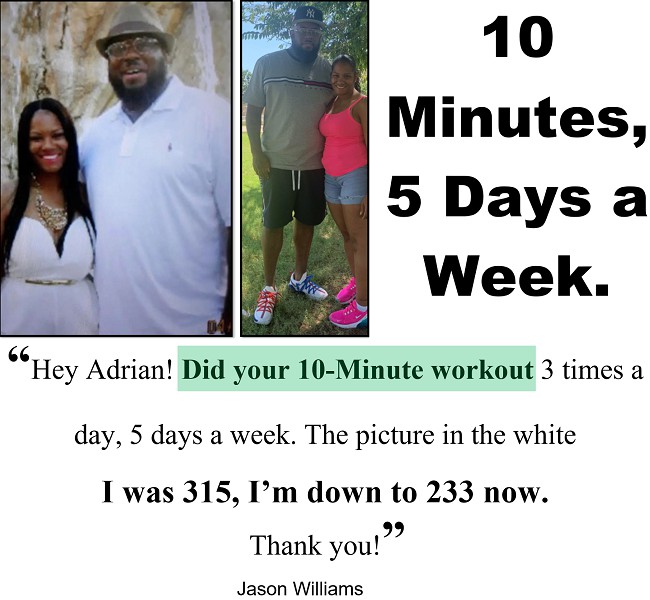11 Mind Hacks to Lose Weight Automatically

1. Downsize Your Dishes
Research has shown that when the same amount of food is served on larger or smaller dishes, the people eating from the smaller dishes report feeling fuller and more satisfied.
Because the dish is smaller, the food serving fills it up and makes it look more abundant. So get in the habit of using smaller plates, bowls, and glasses.
2. Put Down Your Fork
The slow food movement emphasizes eating mindfully. Take a bite of food and put down your fork. Chew the food and really concentrate on tasting the food fully, observing different flavor notes and textures. Swallow the bite of food and wait just a second or two before taking the fork back up.
Not only does this bring your mind fully into the process of eating, but it gives your body time to register that it is being fed and to signal the brain when you are full.
3. Focus on Eating Only
Don't eat at the computer or while watching television. Filling the mind with other distractions while eating encourages mindless eating, which leaves you less satisfied and more likely to unconsciously overeat.
Moreover, recent research suggests that diners eating in a noisy environment find the food less satisfying than those who eat in a quieter environment--another good reason to turn off the TV while eating!
4. Schedule Your Snacking
Eating for distraction is an easy habit to fall into. You sit down to write an email or a report, or brace yourself for some chore you are not looking forward to, and your brain suggests a little snack first, a suggestion you eagerly embrace.
Be on the lookout for this sort of mindgame and counter it with a new one: Tell yourself you will have a snack (and specify the snack and the amount) at a specific time → if you still want it.
Chances are you are not wanting the food as much as you are wanting to procrastinate, and if you can get past that point… You will lose the desire for the snack.
H2O is a bigger weight loss aid than any diet pill and cheaper! First, we often perceive hunger when we are actually thirsty.
As we tend to chronically under-hydrate, our bodies adjust to getting more water from food, and learn to signal for food in order to get needed liquid.
So when you think you are feeling hungry, try drinking 8-10 ounces of water first and see if that quiets the demand.
Then, if you still feel the need for food, you will feel satisfied with a smaller amount because the water you drank will be filling space in your stomach.
6. Get the To-Go Box Up Front
When eating at a restaurant, ask for the to-go box when your food arrives. Before eating, divide the food in half and pack half of it in the box. Then eat and savor the food still on the plate.
Chances are you will feel completely satisfied by that part of the serving. You will not have the "clean plate" urge pushing you to eat more than you need.
7. Change Your Supermarket Path

Market researchers have found that most supermarket shoppers go up and down the aisles, hitting the outside edge of the store only when they want specific items, or making a pass around the edge after traveling the aisles.
Change up your route and do the outside edge first. The fresher foods with low or no processing are on the edges. This way,
You'll avoid walking past displays of highly processed foods more likely to contain unhealthy ingredients and empty calories.
8. Imagine Yourself Eating
A Carnegie Mellon study found people who spent time visualizing themselves eating and enjoying a particular food needed less food to satisfy them when it was actually served.
So while waiting for your food to arrive at a restaurant, or anticipating a treat you have promised yourself later, imagine yourself savoring each bite.
9. Allow Yourself "Cheats", but Have Them Away From Home
Many studies show feeling deprived of favorite snacks and desserts can undermine your weight loss plan by making binges more likely.
Allow yourself treats in moderation but keep the temptation away from home! Rather than the pint of Ben and Jerry's, stop at an ice cream shop for a cone, or enjoy dessert with a restaurant meal.
In this way you make yourself commit to the "cheat" with a definite plan of limited duration, and avoid having temptation under your own roof.
10. Plan Your Meals

Meal planning allows you to identify what you're going to eat at any time during the week so you'll be less tempted to make unwise food decisions.
When you're low on blood sugar because of hunger, you're likely to reach for foods high in sugar, which are bad news for your waistline.
Prepare for these situations by making a week's worth of healthy meals you can store in the fridge.
11. Focus on short term goals
You may ultimately want to go from a size 16 to size 6, but that can seem an insurmountable goal when you are starting out. Don't focus on clothing sizes or scale numbers, but on achieving goals of healthier eating and exercise each day, and how this is making your body healthier.
Changing your eating habits is a journey you travel step by step, and if you concentrate on taking each step, you will be pleasantly surprised when you look around and see how far you have traveled!
More Tips
- 42 Ways to Eliminate Hunger & Cravings
- 7 Ways to Get Motivated to Lose Weight
- The Correct Way to Eat to Lose More Weight
